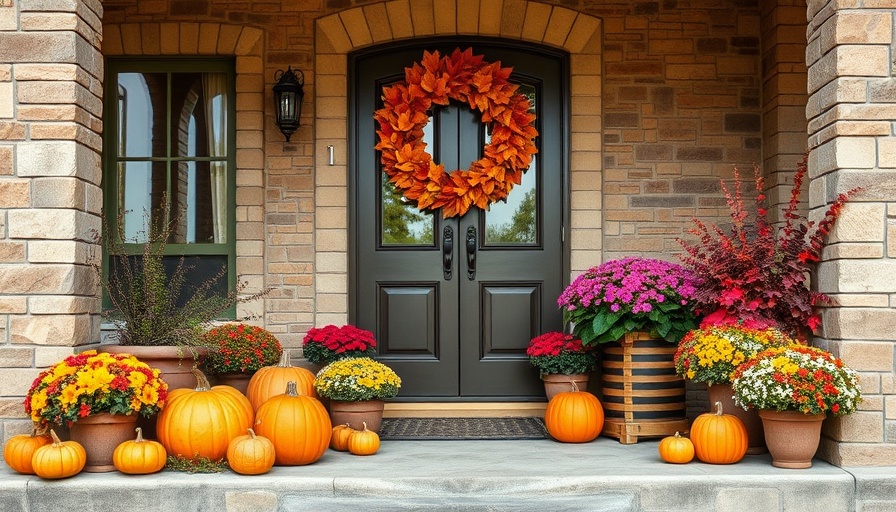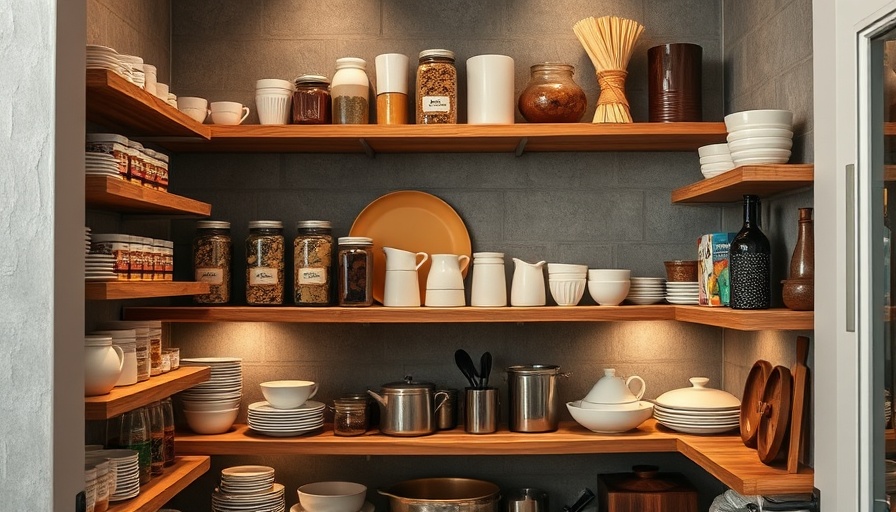
Why Preparation is Key Before Moving In
When you think about moving to a new home, excitement often reigns supreme—new beginnings, fresh paint, and open spaces. However, without a proper plan, the joy can quickly fade. As you transition into your new space, it's essential to consider practical aspects beyond decorating and unpacking. Real estate experts emphasize the importance of being prepared on moving day, starting with the most basic necessities.
Essential Items: Basic Furniture is a Must
The foundation of your new living situation begins with furniture. Forgetting basic furniture can lead to uncomfortable days and nights. This includes not only seating options like couches and chairs but essential sleeping arrangements as well. If you’re transitioning from an apartment, ensure your larger items, like a bed or sofa, are scheduled to arrive on the day you get your keys. Don't be caught sitting on the floor or standing by the fireplace in the midst of winter waiting for your furniture to arrive!
The Importance of a Well-Equipped Tool Kit
No homeowner should underestimate the power of a basic tool kit. These essentials can save the day during complex assembly tasks or simple repairs. According to expert Fred Loguidice, components like a screwdriver, hammer, measuring tape, and a level are indispensable. Your collection should also feature a drill and assorted screws to handle all those odd jobs that pop up after moving in. Nothing feels worse than misplacing tools when you need them most; keeping them organized in a toolbox provides peace of mind and efficiency.
Cleaning Supplies: Start Fresh
Moving into a new residence presents the perfect opportunity to start with a clean slate. Before settling in, a thorough cleaning is advised. Stock up on essential cleaning products such as an all-purpose cleaner, bathroom cleaner, dish soap, paper towels, and sponges. Having a vacuum and window cleaner also helps in making your new home sparkle right from the start. Don't forget that first impressions matter, and a clean environment contributes significantly to feeling at home.
The Necessity of Trash Management
Anyone familiar with moving knows the importance of keeping waste in check. Prior to your move, ensure that local waste management is set up to pick up your trash. However, a trashcan is essential for maintaining order within your new place. A kitchen trash bin is non-negotiable, but consider adding bins for the bathrooms and other areas of your home. It will make your life easier and keep your space tidy from day one.
Final Thoughts: Why Planning Makes All the Difference
Ultimately, having the essentials sorted out before your big move can prevent unnecessary stress and discomfort. A well-stocked tool kit, basic furniture, cleaning supplies, and trash management plans allow you to settle into your new life seamlessly. Remember, preparation today leads to settling in happily tomorrow, allowing you to focus on creating lasting memories in your new home.
As you embark on your home ownership journey, take these tips to heart! Properly equipping yourself with the necessary items can save you time and energy in the months ahead, ultimately enhancing your new living experience.
 Add Row
Add Row  Add
Add 



Write A Comment